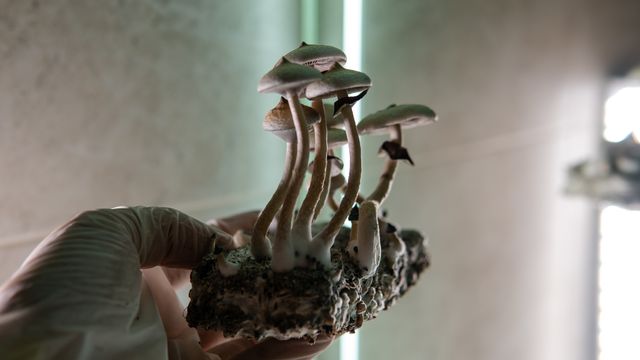Trending News
News
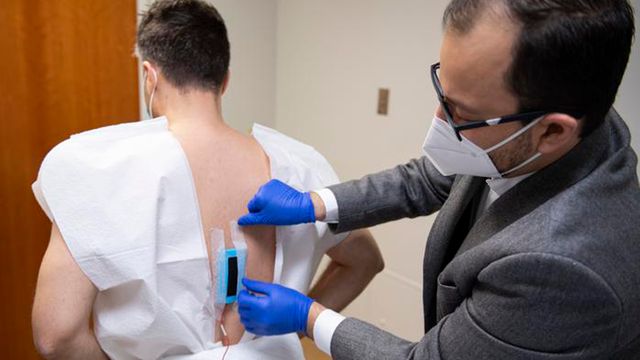
News
Spinal Cord Stimulation Could Treat Depression
A pilot clinical trial led by University of Cincinnati researchers at the Lindner Center of HOPE found electrical stimulation of the spinal cord is feasible, well-tolerated and shows therapeutic potential to treat depression.
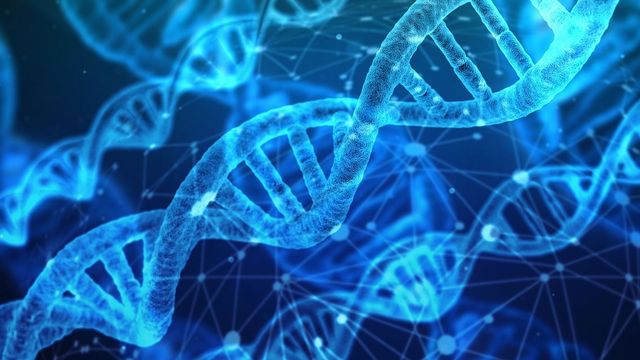
News
Revealing Relatives in Ancient DNA With Unprecedented Precision
A newly developed tool enables researchers to identify prehistoric and historic individuals' relatives up to the sixth degree, such as second to third cousins.
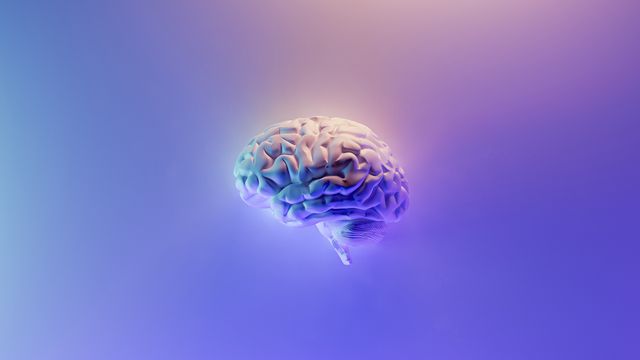
News
Evidence Gathers That Gamma Rays Can Help Treat Alzheimer's
A new review surveys a broadening landscape of studies showing what’s known, and what remains to be found, about the therapeutic potential of non-invasive sensory, electrical or magnetic stimulation of gamma brain rhythms.
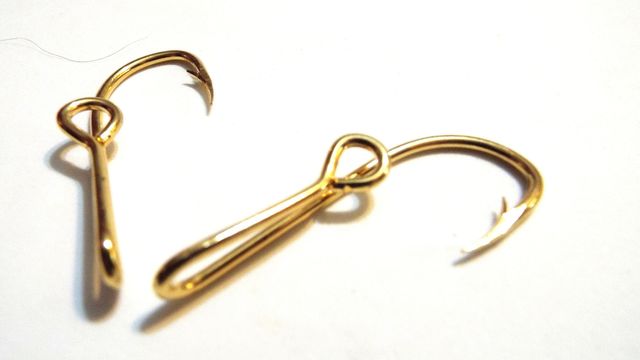
News
Scientists Innovate ‘Hook and Slide’ Method To Improve Drug Discovery
Instead of building a carbon skeleton from scratch to make new compounds, UChicago scientists have developed a new method where they can insert atoms within an already existing carbon framework.

News
New Tree Plantations Are Often Less Biodiverse Than The Habitat They Replace
Across the world, people are planting more trees. This can be for wood, fuel, food – or even carbon offsetting. The problem is that tree plantations are often less biodiverse than the habitat they replace.
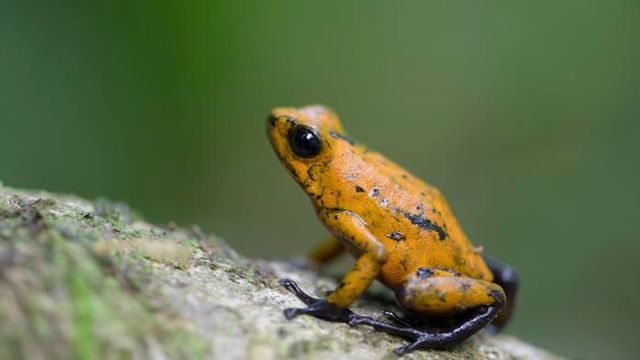
News
How Do Poison Frogs Store Their Toxin Without Harming Themselves?
A newly identified protein helps poison dart frogs accumulate and store a potent toxin in their skin which they use for self-defence against predators.
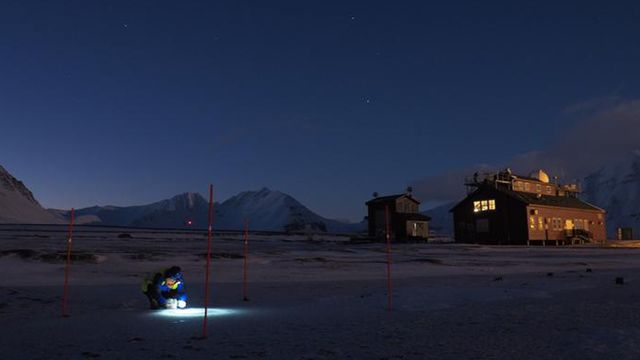
News
Traces of Sunscreen Agents Found in Snow at the North Pole
Traces of sunscreen agents were found at the North Pole, on the glaciers of the Svalbard archipelago. They were mainly deposited in winter, when night falls over the Arctic. A study measured their concentration and investigated their origin.

News
COVID Lockdowns Slowed Melting of Himalayan Glaciers
The COVID-19 pandemic lockdowns reduced air pollution and slowed the melting of glaciers in the Himalayas, indicating a way forward to prevent them from disappearing by the end of the century.

News
Artificial Intelligence Identifies a New Class of Antibiotics That Can Kill MRSA
Using a type of artificial intelligence known as deep learning, MIT researchers have discovered a class of compounds that can kill a drug-resistant bacterium that causes more than 10,000 deaths in the United States every year.
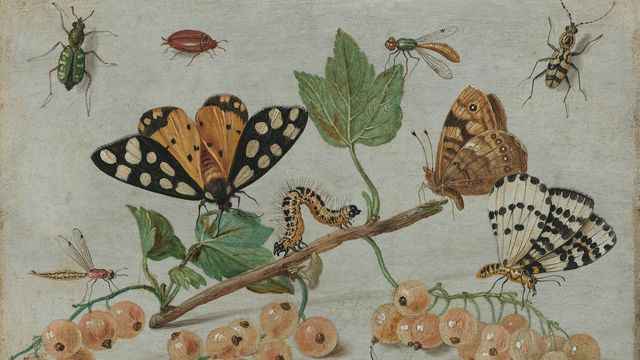
News
Common Insects Are Disappearing More Than Rare Ones
Insect decline is being driven by losses among the locally more common species like beetles, moths and grasshoppers, reports a new study.
Advertisement



